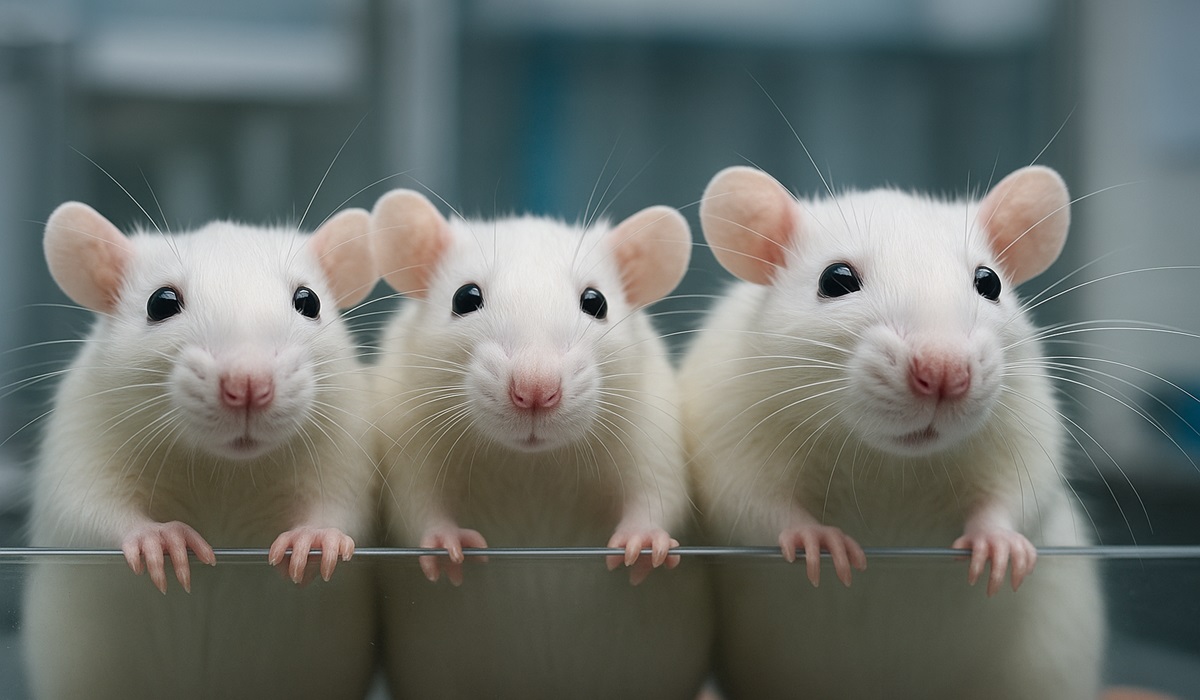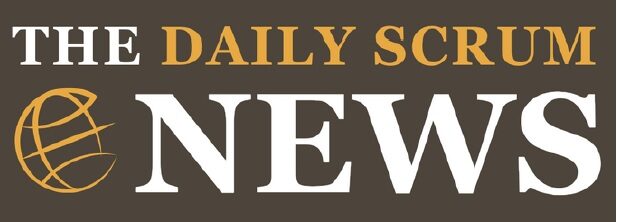“Lab Limits: Trump Cuts Federal Funding for Pathogen Experiments Gain-of-function
- Ingrid Jones
- Trending News
- May 6, 2025

On May 5, 2025, U.S. President Donald Trump signed an executive order that halts all federal funding for gain-of-function research, has turned the scientific community upside down. This executive decision represents one of the most dramatic shifts in American biomedical policy since the onset of the COVID-19 pandemic. By ending federal support for a practice that has long teetered between groundbreaking science and existential risk, Trump has reignited a fierce national and global debate about the ethics, safety, and future of pathogen research.
Gain-of-function research involves the intentional enhancement of an organism’s biological capabilities—often increasing a virus’s transmissibility, infectivity, or lethality. Scientists engaged in this work argue it is essential for understanding how viruses might evolve in nature and for developing vaccines and treatments before outbreaks occur. However, critics have warned for years that these experiments, particularly when done in labs with questionable oversight, could lead to accidental leaks or be exploited for biological warfare.
The controversy exploded during the COVID-19 pandemic, when suspicion grew that the novel coronavirus may have emerged from a lab leak at the Wuhan Institute of Virology. Though no conclusive evidence has confirmed this theory, and some experts still lean toward a natural origin, the mere plausibility of a lab-based incident was enough to spark alarm. U.S. agencies, particularly under the Trump administration, scrutinized federal funding that had flowed through intermediaries like EcoHealth Alliance to overseas labs. The debate shifted from the realm of scientific inquiry to national security, with Republicans and some Democrats demanding tighter oversight or an outright ban.
Trump’s executive order takes the most aggressive step yet by cutting all current and future funding for gain-of-function research in countries deemed to have inadequate biosafety regulations, specifically naming China and Iran. Furthermore, the order empowers U.S. research agencies to halt any federal grants that could be used in experiments with pandemic potential. It also establishes a moratorium on specific pathogen enhancement studies until a new federal framework is developed to ensure transparency, safety, and accountability.
Supporters of the move argue that it is a long overdue measure to protect national and global security. They claim the COVID-19 pandemic should have been a wake-up call—that dangerous science conducted under dubious standards in foreign laboratories is not just risky but reckless. From their perspective, no potential medical advancement justifies the chance of a catastrophic lab leak.
But not everyone sees this as progress. Critics, including many in the scientific and medical communities, warn that this sweeping ban could cripple pandemic preparedness efforts. Gain-of-function research, when conducted responsibly and securely, has been used to develop vaccines, understand influenza mutations, and prepare for viral threats like H5N1 and SARS. Ending such research, especially without a clear replacement framework, may leave the United States vulnerable in the face of emerging diseases. Some fear this could drive the work underground or into countries with even less oversight, further increasing global risk.
Moreover, this executive order may signal a broader trend in U.S. policy toward a more nationalistic and less collaborative approach to science. Under Trump’s renewed emphasis on “America First,” funding will likely shift toward domestic institutions with stringent compliance to U.S. standards, potentially fracturing existing international research partnerships. It raises the question of whether science—especially research with global health implications—can remain insulated from geopolitical tensions.
In the end, the implications of Trump’s ban on gain-of-function funding go far beyond laboratories and Petri dishes. It redefines the boundaries of scientific exploration in a post-pandemic world. Whether it proves to be a prudent act of precaution or a hasty political gesture that stalls vital research will depend on what comes next: whether the government can build a transparent, accountable, and scientifically sound framework for handling the most dangerous pathogens on Earth. What is certain, however, is that the era of unfettered, federally funded gain-of-function research is over—and the scientific community must now grapple with a new reality.








